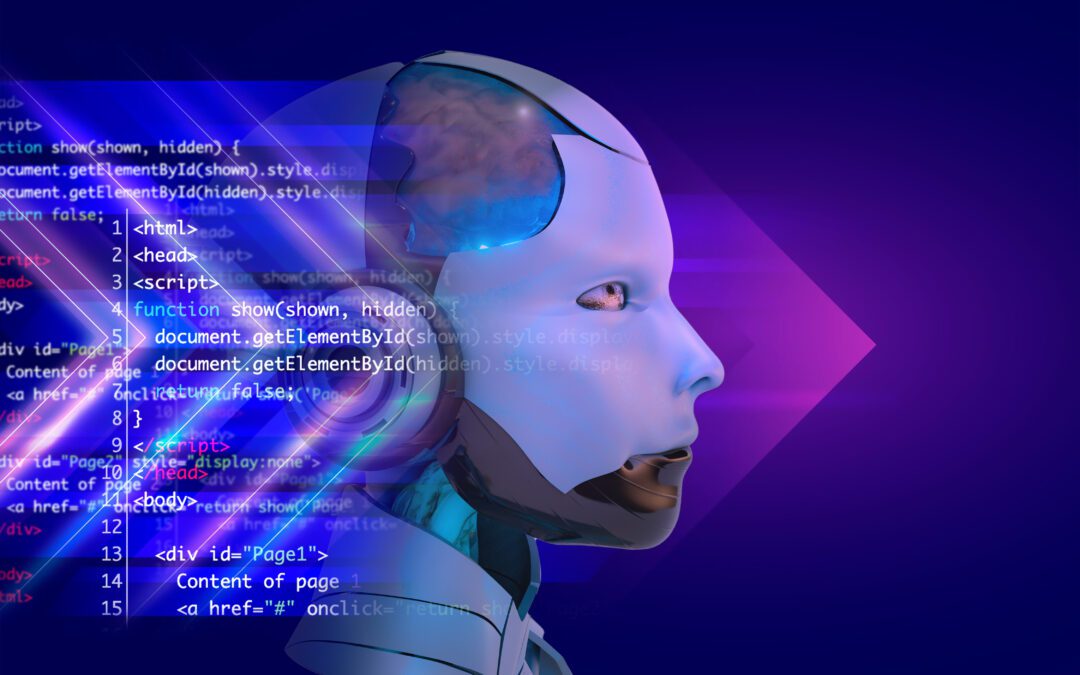Introduction
Cybersecurity and Artificial Intelligence work together to protect against even the most sophisticated threats. In today’s digital age, cybersecurity is of paramount importance. With the ever-increasing number and complexity of cyber threats, organizations and individuals alike are constantly searching for innovative ways to protect their sensitive data. Artificial Intelligence (AI) is emerging as a powerful tool in the fight against cybercrime, providing advanced capabilities to detect, analyze, and respond to threats in real-time.
AI’s Role in Cybersecurity
AI, as a branch of computer science, focuses on building smart machines capable of performing tasks that would typically require human intelligence. When applied to cybersecurity, AI technologies harness their computational power and learning capabilities to bolster the effectiveness of existing security measures.
Here are some key ways AI is revolutionizing the field of cybersecurity
1. Threat Detection and Prevention
AI algorithms can scan vast amounts of data and identify patterns that may indicate malicious activity. By analyzing network traffic, system logs, and user behavior, AI systems can quickly detect unusual activity and potential threats before they cause harm. These proactive measures help organizations prevent data breaches, insider threats, and malware infections.
2. Incident Response and Mitigation
When a security incident occurs, AI-powered systems can rapidly investigate and respond to mitigate its impact. Machine learning algorithms can analyze the attack vector, understand the tactics used by hackers, and develop countermeasures to neutralize the threat. This reduces response times and minimizes the potential damage caused by cyberattacks.
3. Vulnerability Management
Identifying vulnerabilities is critical to maintaining a robust cybersecurity posture. AI can assist in automatically scanning systems, applications, and networks for weaknesses, ensuring that patches or updates are applied promptly. By continuously monitoring for vulnerabilities, organizations can stay one step ahead of potential exploits.
4. User Authentication and Access Control
AI-driven systems can enhance user authentication processes, making them more secure and less prone to unauthorized access. Behavioral biometrics, such as typing patterns or mouse movements, can be analyzed using AI algorithms to determine if someone is attempting to impersonate a legitimate user. Additionally, AI can monitor and regulate access privileges, ensuring that users have appropriate levels of access to sensitive information.
The Future of Cybersecurity and AI
As the landscape of cyber threats continues to evolve and become more complex, the importance of Cybersecurity and Artificial Intelligence (AI) in protecting sensitive information becomes even more critical. The role of AI in cybersecurity is expected to expand further, as advanced technologies such as Natural Language Processing and Deep Learning are being integrated into security systems. These advancements allow for the analysis of unstructured data, including text and voice conversations, enabling more accurate threat identification. By harnessing the power of AI, organizations can strengthen their security measures and stay ahead of evolving cyber threats. The integration of AI into cybersecurity practices represents an exciting future where intelligent machines work alongside human expertise to mitigate risks and safeguard valuable data.
Conclusion
However, it is important to note that AI is not a silver bullet for cybersecurity. It is essential to have a multi-layered security approach that combines AI technologies with robust policies, employee awareness programs, and regular security assessments. Moreover, as AI becomes more sophisticated, organizations must remain vigilant and address potential ethical concerns and biases inherent in AI systems.

